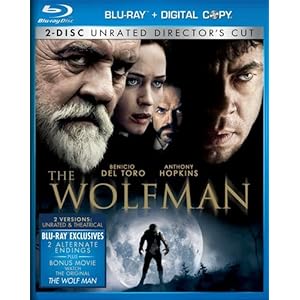
When I first read about the art of Naturalist Sarina Brewer I have to admit I had mixed thoughts. Mainly due to the fact I am a cat owner and I couldn't imagine of my pets' body parts being used to create a curious creature. Then I read her bio and began to get a better understanding if not appreciation of this morbidly creative work. After all I did consider buying a stuffed and framed fruit bat from the Evolution Store and I do have a cat's skull that came from a carcass of dead cat I had found. So it would be rather hypocritical of me to criticize. Also I have to admit there is something of a Lady Frankenstein about this, creating something from the remains of multiple dead animals into one final creation. I found it eerily fascinating.

As I read more about Sarina Brewer in her introduction it became apparent that she does have a respect for animals and only utilizes road kills and donated animal remains. She is a proponent of wildlife conservation and seems to have full awareness that her work is rather disturbing to the Western World. But as her introduction points out that mummifying remains were done not only in Ancient Egypt but the Catholic Church displaying the remains of Saints and in the Victorian age with mourning jewelry that contained a locket of a deceased beloved's hair or teeth.

Sarina Brewer sees the cycle of life in the natural world and also sees beauty in death. Hence she creates morbidly beautiful creations and with her fascination with cryptozoology. In her hands the remains of dead animals become griffins or even more fantastical creatures. Perhaps this fate is not so bad for a departed animal considering they would either become food for the flies or ground up into cattle feed or worse in the pot of some hillbilly mountain folk that played 3 stringed banjos.
I still have to admit though that some of her exhibits I do find disturbing such as her esodermy collection. I have to keep reminding myself on viewing that this was done to dead animals and there is a scientific slant to it. I mean after all wasn't the real human corpse in Bodies, the Exhibition that toured the United States not too long ago a huge event?
Sarina Brewer says about her work, "I call it art, you can call it whatever you want." I have to agree with her.















